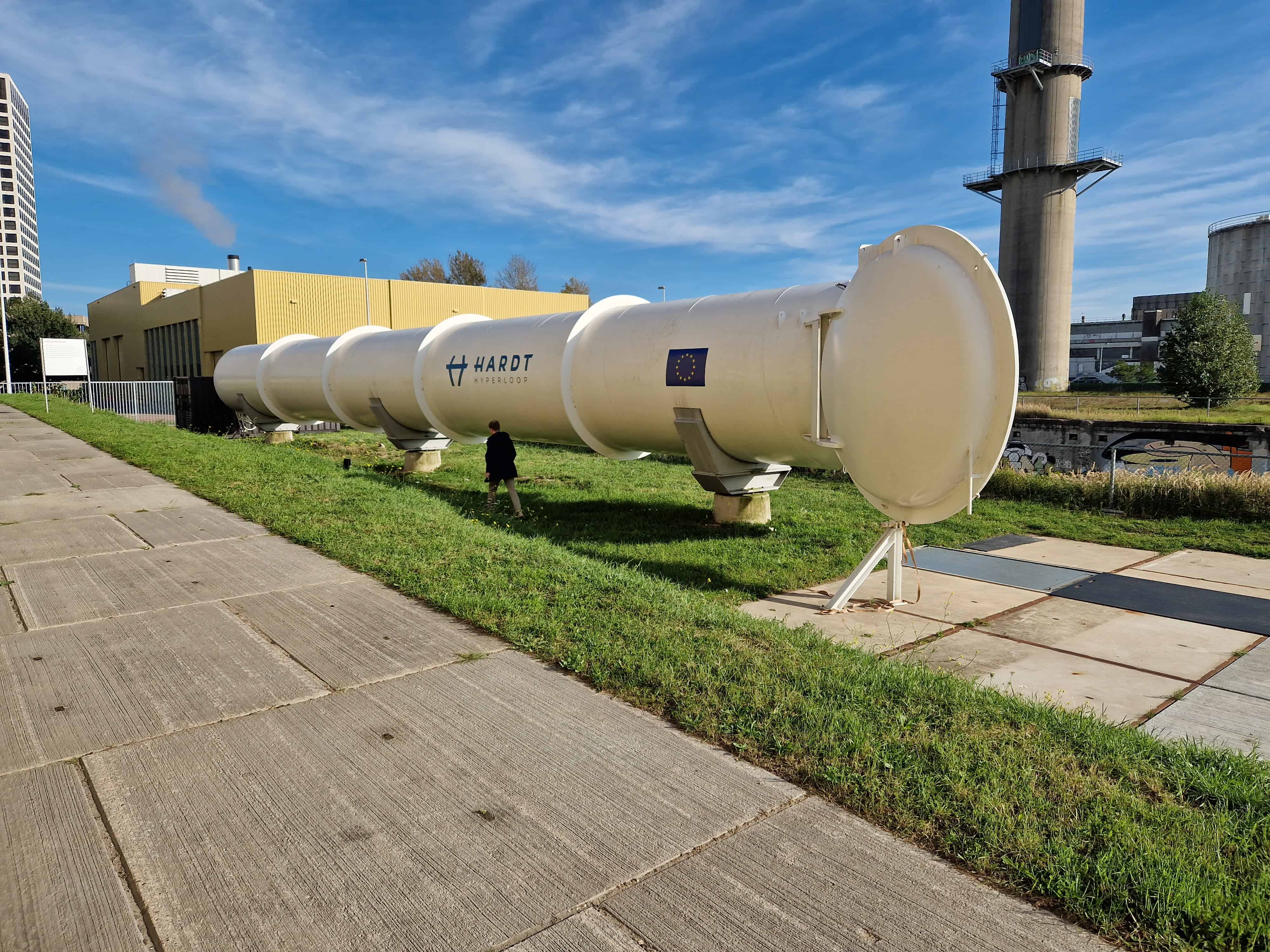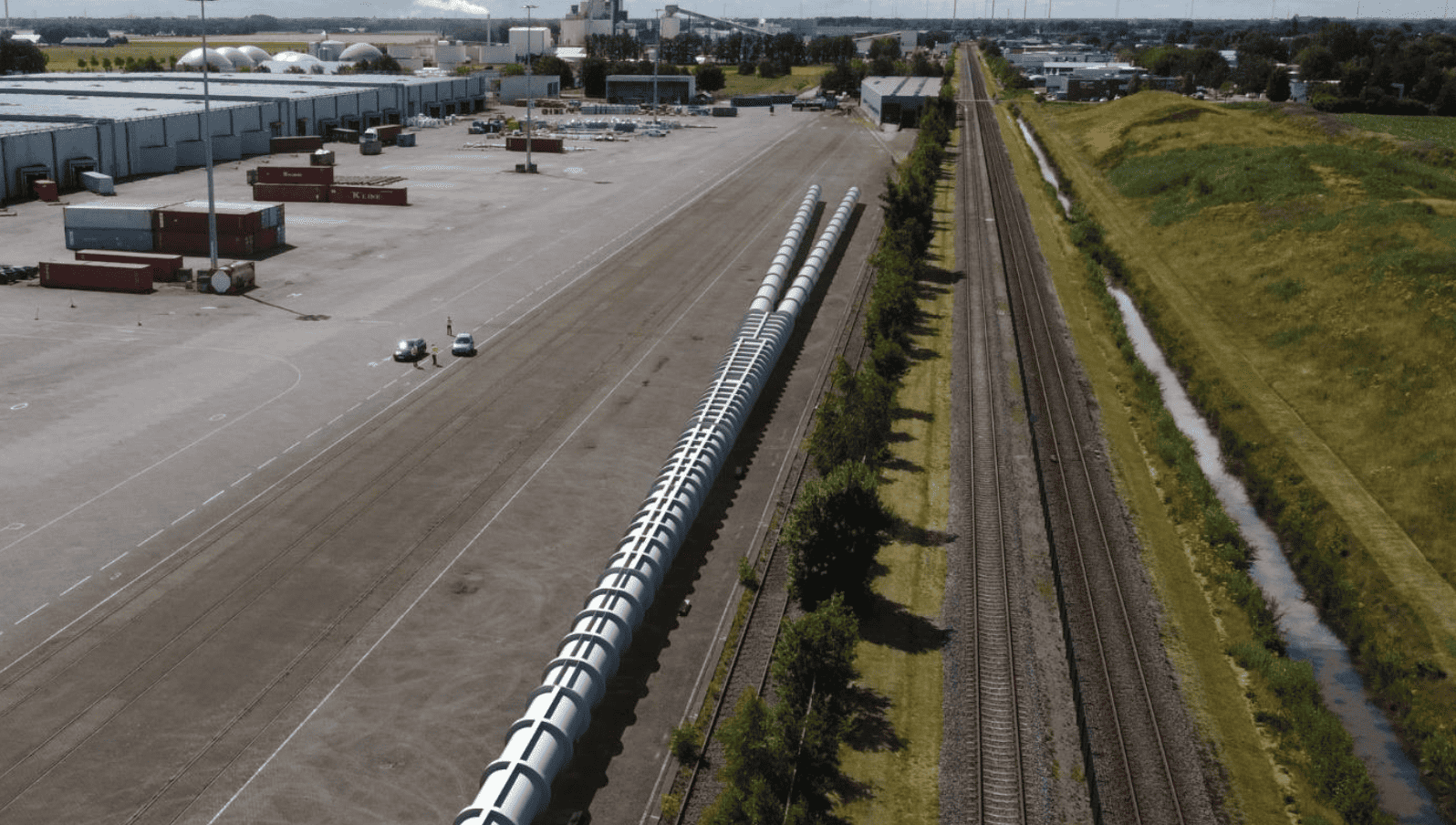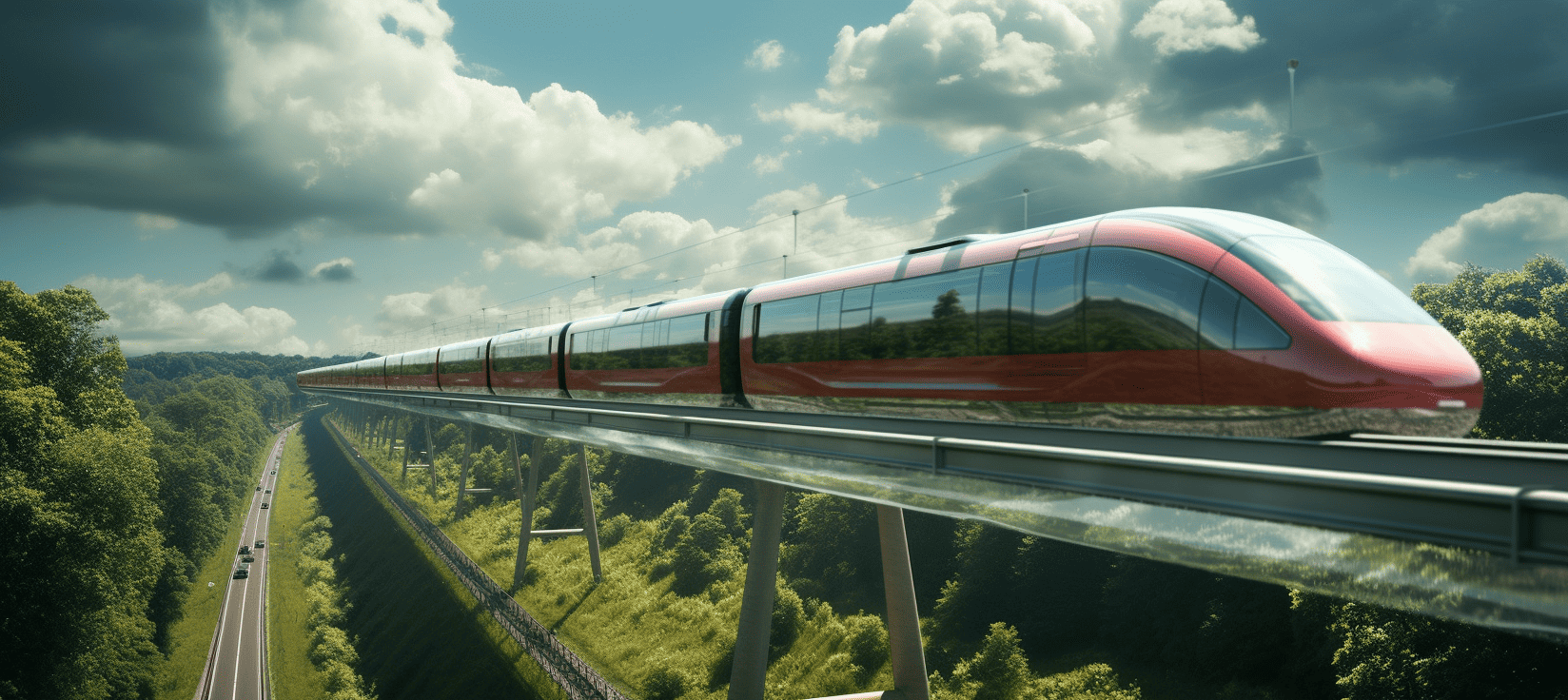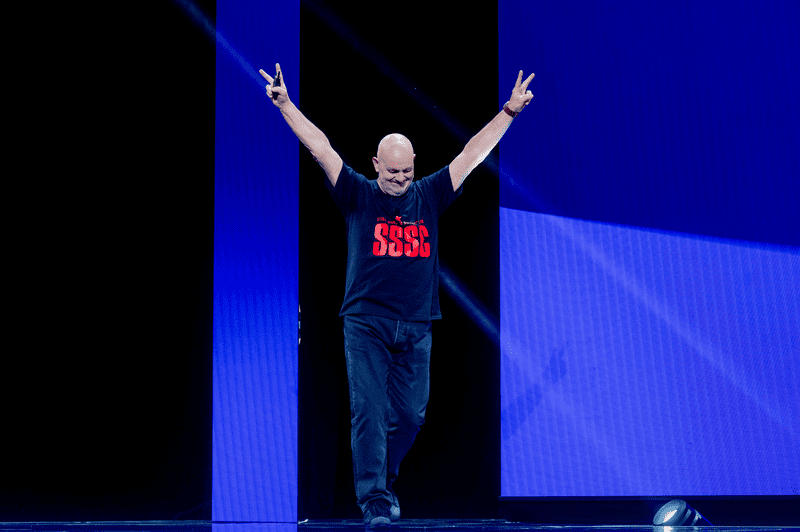
Londoners call their metro system the Tube. That’s what most underground transport lines look like in most of the world: cavities where trains pass by with a high frequency. What about improving this concept and using a vacuum to move trains? That is in short what Hyperloop is about. It is still far in the future. And there are reasonable doubts. But engineers all over the world are working hard to make this idea a reality.
What’s Hyperloop?
To put it in simple words, it’s a train in a tube. It works by removing the two factors slowing down vehicles: air and friction. A Hyperloop system consists of two main elements: the tubes and the vehicles. The tubes are almost vacuumed. The pods are the pressurized vehicles running inside the tubes.
Why is removing air important?
Removing air from the tubes allows for reducing drag. Drag is a mechanical force opposing the movement of a solid body – such as a car, a train, or an airplane. It is generated by the difference in speed between the object and the fluid – air in this case. Sucking the air out of the tube allows for replicating the physics conditions of being at sixty kilometers of altitude. This means that – as airplanes do – less energy is needed to keep speed since there is less resistance. This can result in more speed – over 1000 kilometers per hour – with less power, so getting you from A to B in way less time.
What about the friction with tracks?
To remove friction from the railway, pods have to hover above the track. How to do that? Most of the Hyperloop concepts are relying on passive magnetic levitation, a concept already in place in Japan’s high-speed trains. The idea is to use permanent magnets on the vehicle. As they move over conductive arrays on the track, they establish a magnetic field able to push the pod up without any current. Pods are floating in the air, a bit like Aladdin’s magic carpet.
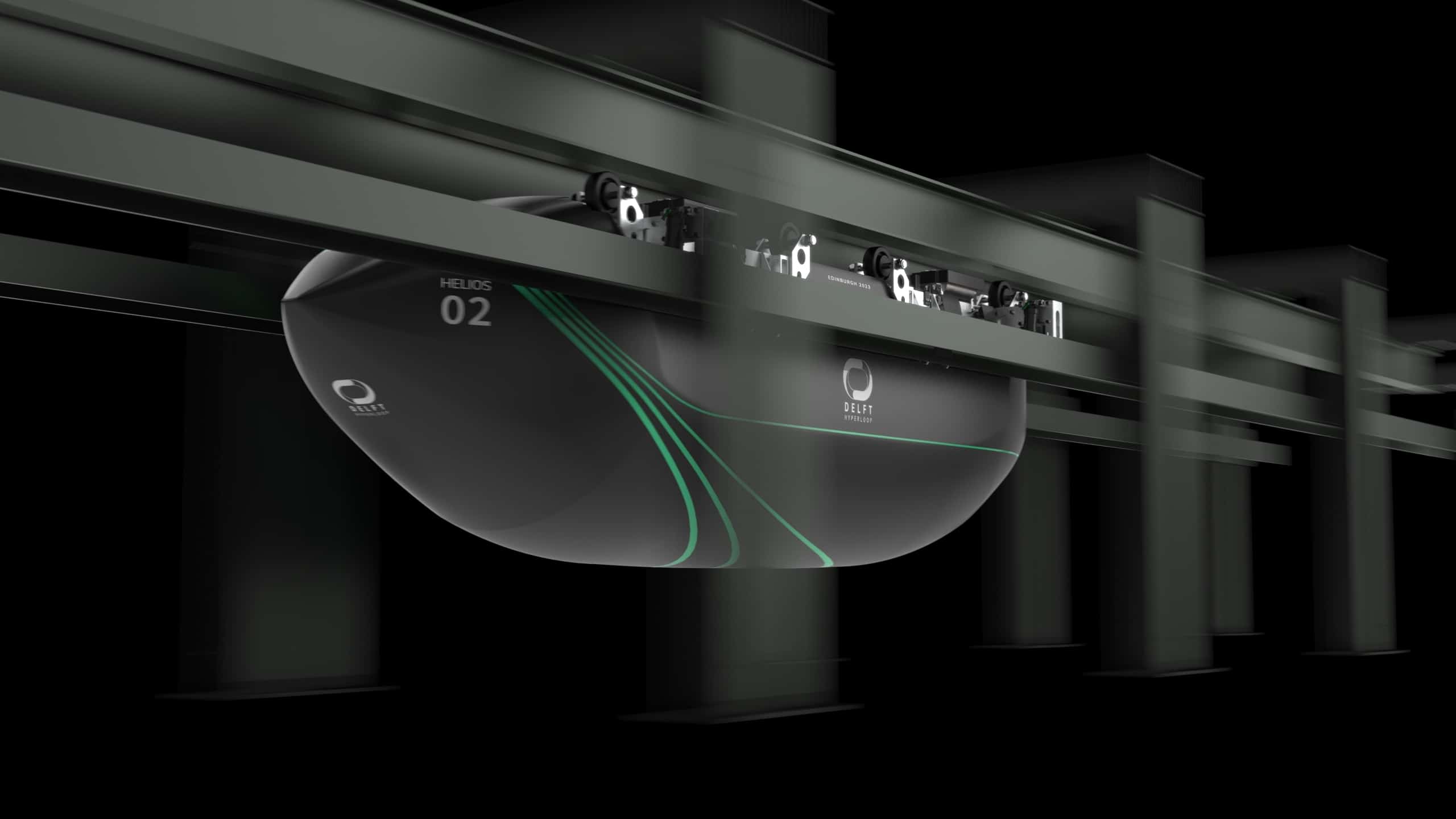
What’s the difference between a train wagon and a pod?
Similar to wagons, pods also travel in convoys. While in trains wagons connect to each other, Hyperloop’s pods can travel to different destinations. Comparably to when driving on a highway, each one of them can exit the road and switch directions. They can join or leave convoys depending on the direction they’re heading to. Another difference with trains as we know them is that – since pods travel inside a tube – Hyperloop is not affected by the weather.
How can we power Hyperloop systems?
Hyperloop transport systems are fully electric. In addition to the engines, a set of magnets is used for giving pods a push every kilometer. Having nearly no air resistance and friction means no need for a constant propulsion system. Therefore, less energy is required.

Who had the idea?
Vacuum transit systems are not new. Back in the middle of the 19th century, Isambard Kingdom Brunel – a British engineer – designed what he called an atmospheric railway. Brunel’s South Devon Railway only lasted less than a year, because of its costs and the lack of materials to sustain it – too pioneering for his times. The concept got back in fashion as Elon Musk – back in 2013 – published a white paper sketching out the functioning of a vacuum tubular transportation system. Since then, several teams all over the world started working on this mobility concept.
How does it feel to travel in a hyperloop?
Virgin Hyperloop was the first to complete a passenger test in 2020. It was performed on a test track outside Las Vegas. The pod accelerated up to 160 kilometers per hour down the length of the track. The first two passengers were two Virgin employees who compared the pod’s acceleration to the one of a plane.
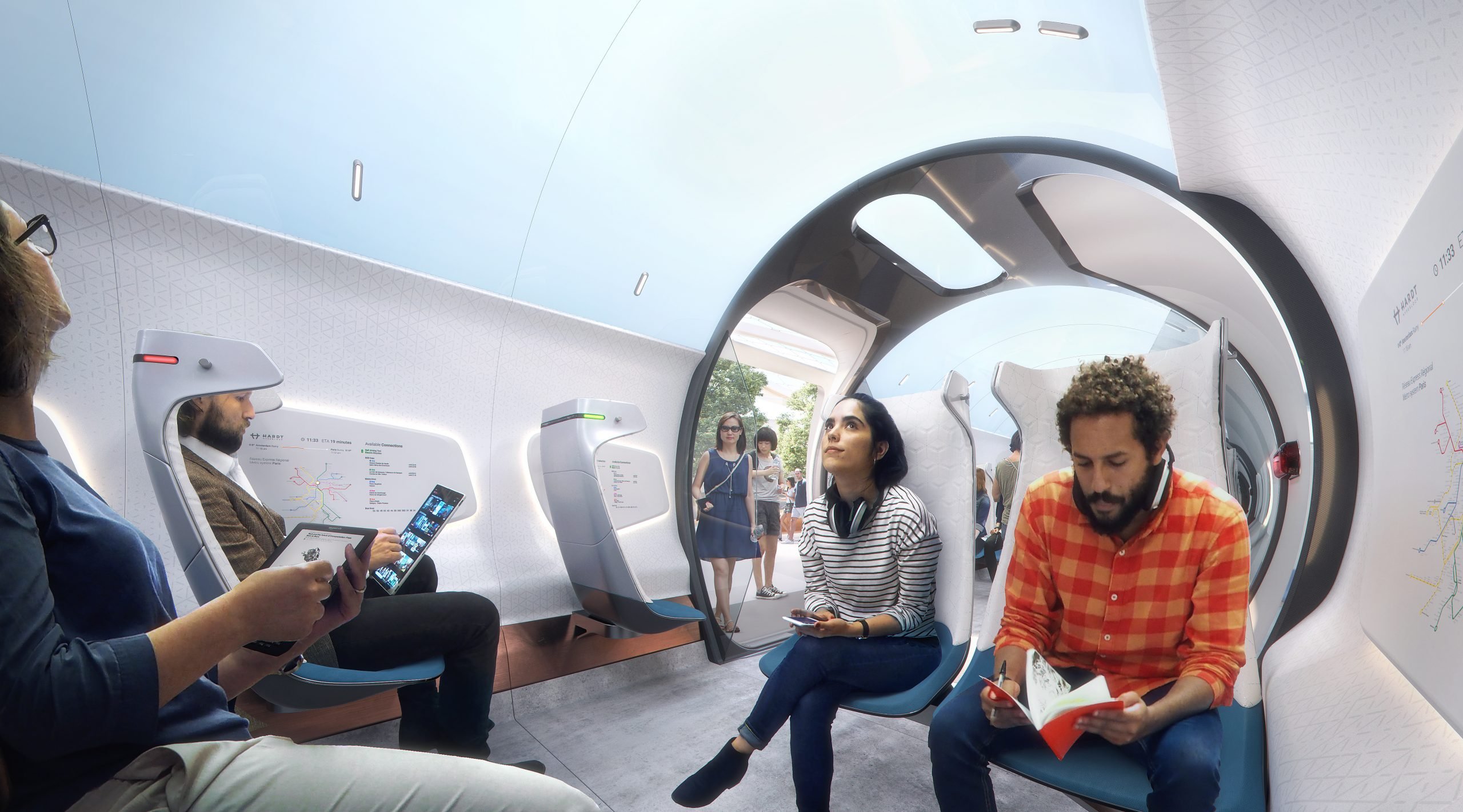
Why don’t we have Hyperloop in place yet?
Like in Brunel’s age, Hyperloop still represents a huge engineering challenge. While it has been proven to be feasible on paper, much more challenges come up in practical implementation. In addition to entailing considerable starting costs, tube sealing would require a great deal of maintenance. Hyperloop tracks are made of steel, which expands and contracts depending on the external temperature. This would result in moving joints. That could lead to a lot of maintenance. Land acquisition is another point. Additionally, many safety aspects still need to be figured out – it can be much more dangerous traveling if failures occur. Such high speed can cause dizziness to passengers, which would also have limited space for moving during the journey.
What can we expect in Europe in the following years?
Several cohorts in Europe and in the world are working on Hyperloop applications. In the Netherlands, Hardt Hyperloop received €15 million from the EU to develop its concept. They also opened an experience center. TUM Hyperloop recently announced that it’s about to complete the construction of a concrete tube for Europe’s first passenger-size hyperloop demonstrator.
By 2050, Hardt aims at completing a 100,000-kilometer-long global hyperloop network. Yet, the challenges to overcome – funding, safety, and land – still represent massive obstacles on the way to Hyperloop’s deployment. Until these are solved, the idea of traveling in a tube will stay a dream.



